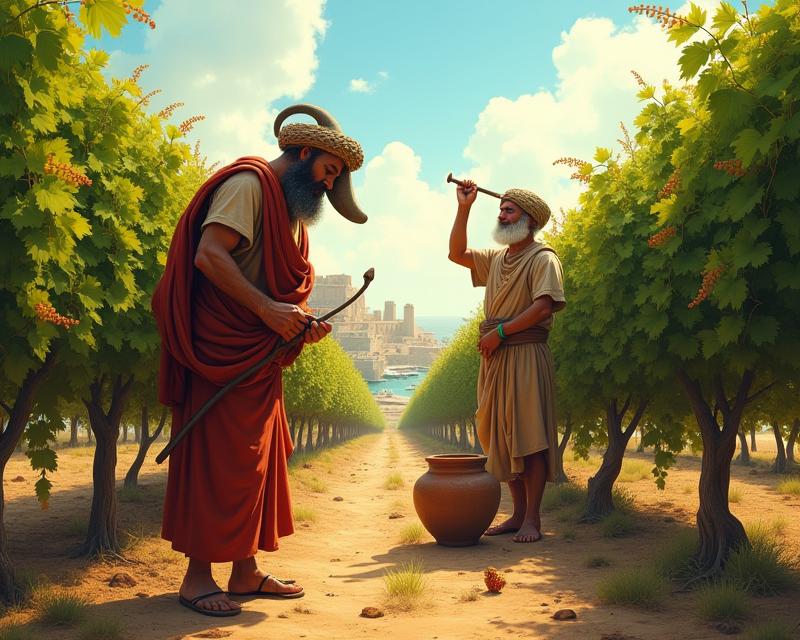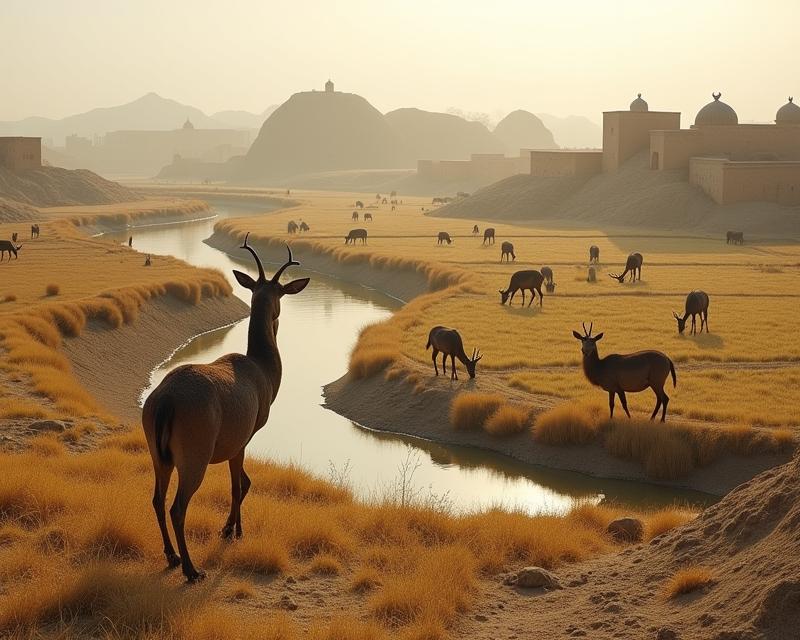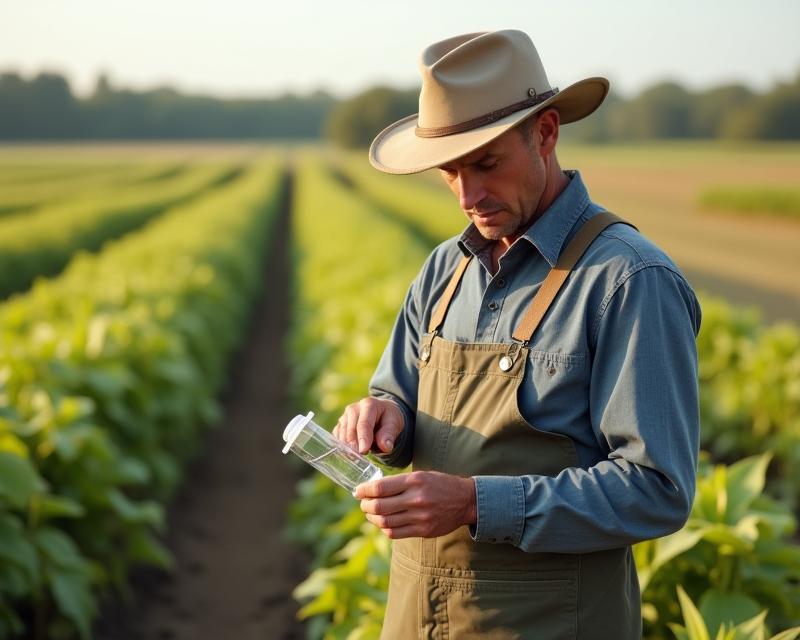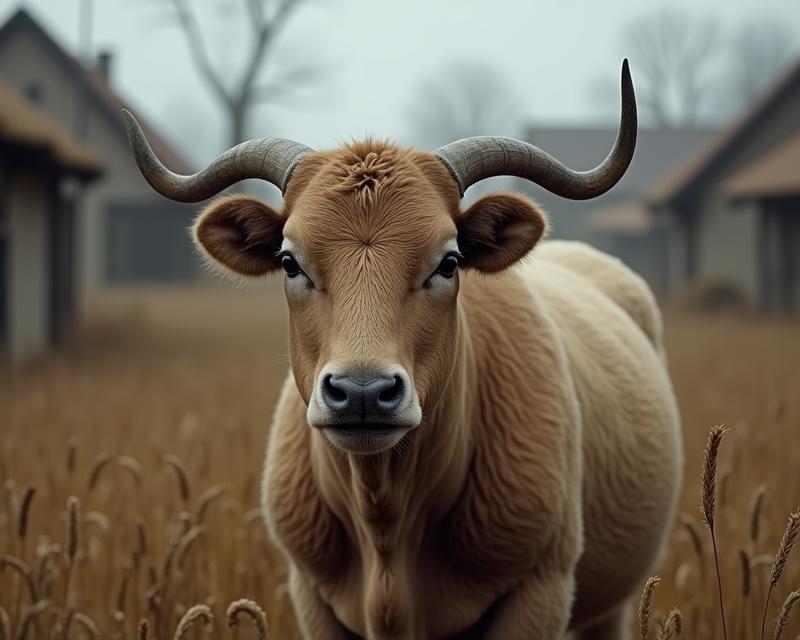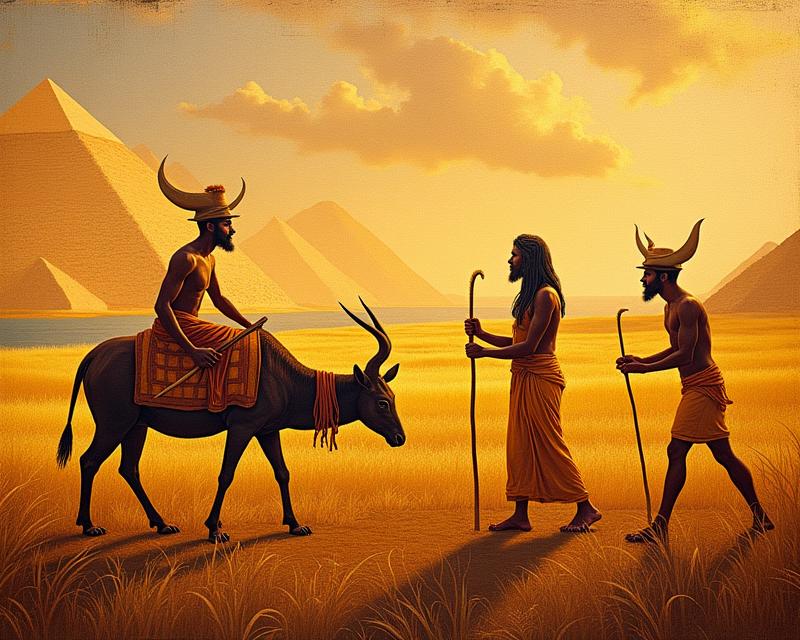Vertical Farming: Feeding City Futures
Publish in Agriculture el 28/06/2025 22:16
Vertical Farming: Feeding City Futures
As global populations surge and urbanization accelerates, traditional agriculture faces unprecedented challenges. Land scarcity, water shortages, and the impact of climate change are pushing us to rethink how we produce food. Enter vertical farming – a revolutionary approach to agriculture that promises to reshape the future of food security, particularly in high-density urban environments.
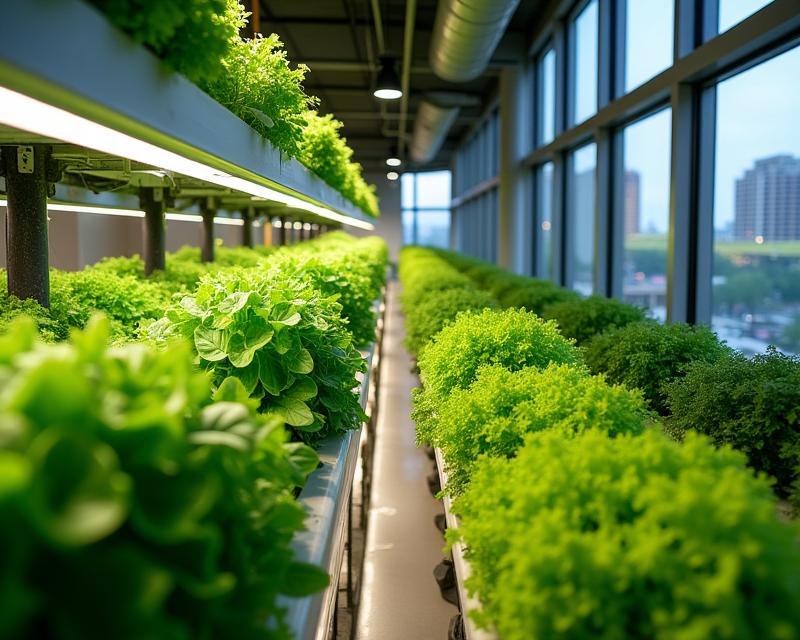
Vertical farms, as the name suggests, stack crops in vertically inclined layers, often indoors. This controlled environment agriculture (CEA) utilizes technologies like hydroponics, aeroponics, and aquaponics to grow plants without soil, optimizing resource use and maximizing yields. By controlling factors like temperature, humidity, light, and nutrients, vertical farms can produce crops year-round, regardless of external weather conditions. This consistency is a significant advantage over traditional farming, which is susceptible to unpredictable weather patterns and seasonal limitations.
The benefits extend beyond increased productivity. Vertical farms drastically reduce water consumption – often using up to 95% less water than conventional agriculture. They also minimize the need for pesticides and herbicides, leading to healthier, safer food. Furthermore, locating farms within cities shortens the supply chain, reducing transportation costs and carbon emissions associated with food distribution. This localized food production strengthens community resilience and provides access to fresh, nutritious produce for urban residents.
While the initial investment in vertical farming infrastructure can be substantial, the long-term benefits are compelling. Technological advancements are driving down costs and improving efficiency, making vertical farming increasingly viable. From leafy greens and herbs to fruits and vegetables, vertical farms are poised to play a crucial role in feeding the world's growing urban populations and building a more sustainable food system. The future of food may very well be vertical!
